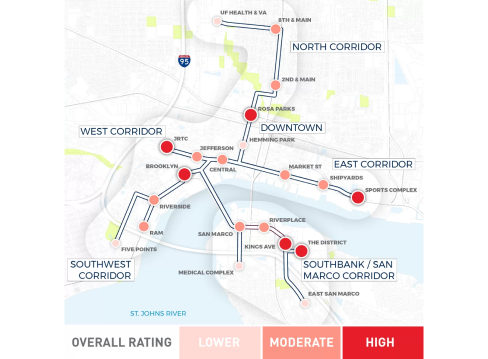Typologies
When planning transit-oriented development, we start by looking at the types of places that exist and those we want to create around station areas. We call these typologies. Each proposed station is assigned a typology based on the best fit with the associated characteristics. Learn more about typologies below. You can also download the slide deck for reference.
Urban Center
- Located in the most heavily urbanized areas
- Supports a high diversity of uses, high residential and employment densities, and greater volume of pedestrian activity
- Infrastructure should include a dense grid block structure street design and high vertical development
- Parking requirements include integrated structured parking, uncoupled structured parking, and on-street parking, with no minimum parking requirement
Proposed Stations with this Typology:
Rosa Parks, Hemming Park, Central, San Marco and Riverplace
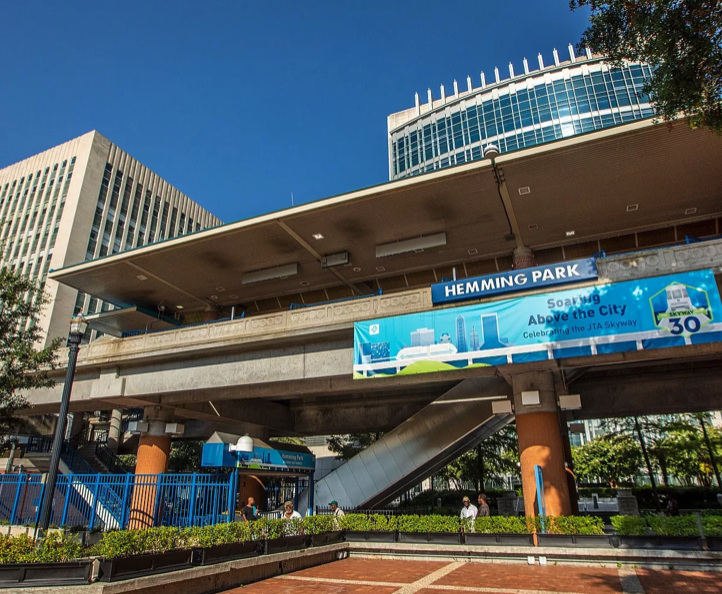
Regional Center
- Emerging centers of regional significance
- Medium to high density areas that occur outside of the Urban Core
- Draws patrons from across the region
- Moderate mix of uses supports a medium to high density when compared to other typologies
- Consists of mid- and low-rise buildings
- Infrastructure and residential density supports a medium to high volume of pedestrian activity within the station area
Proposed Stations with this Typology:
River City Arts Market, JRTC and UF Health/VA Clinic
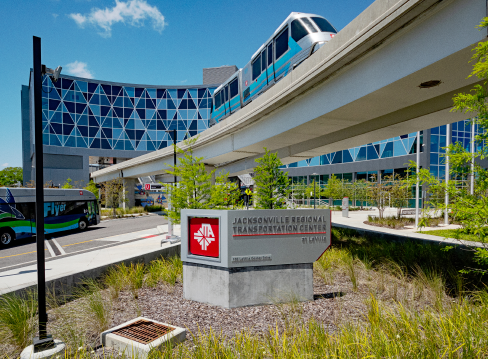
Core Neighborhood
Core Neighborhood Characteristics:
- Located within the neighborhoods adjacent to the Central Business District (CBD)
- Primarily residential and support the commercial nature of the CBD
- Buildings range from mid- to high-rise
- Street network is less dense than the urban core, comprised of a grid and alley network, usually with a “Main Street” urban design
- The infrastructure supports a moderate mix of uses and a medium to high volume of pedestrian activity
Proposed Stations with this Typology:
8th & Main, 2nd & Main, Jefferson, Brooklyn, Riverside, Five Points, Kings Avenue, The District, East San Marco and Medical Complex
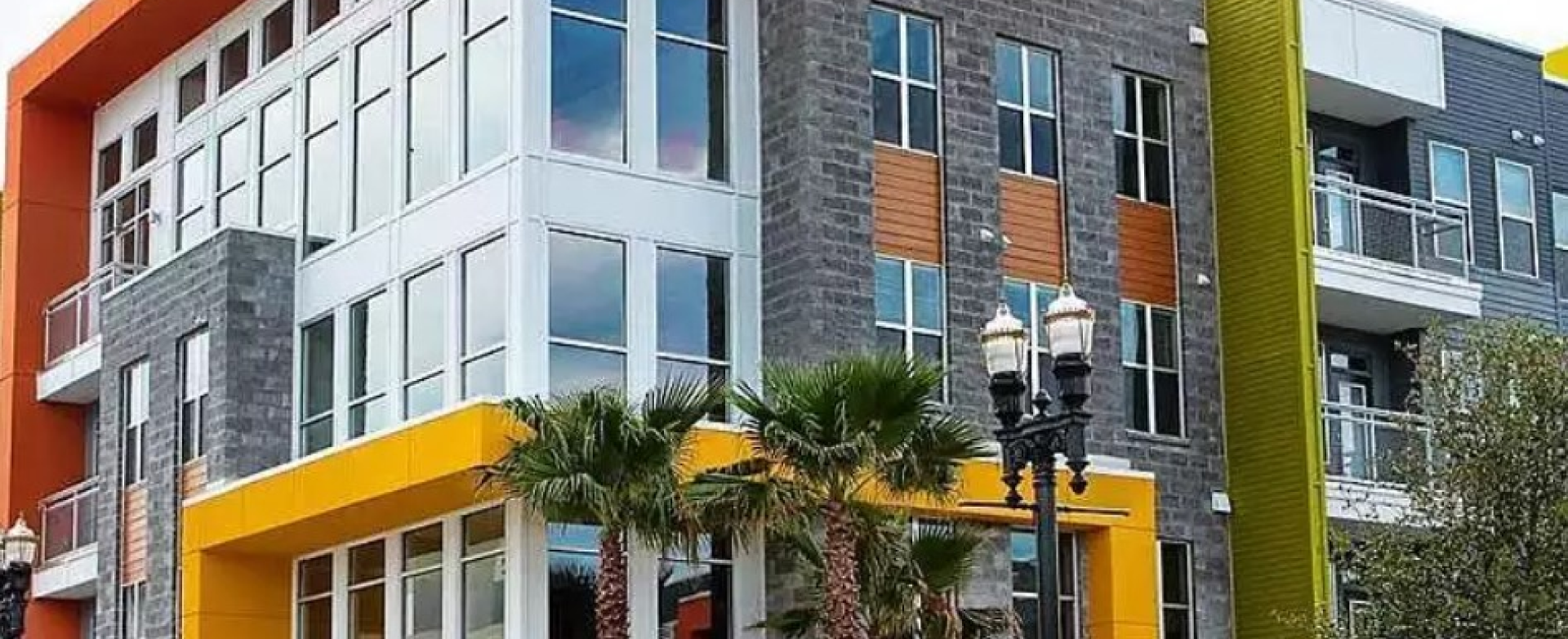
Special Use
- Located at destinations that have a singular use and generate high transit ridership
- May not align with a traditional mixed-use TOD pattern
- Residential density will vary at these locations, but the intensity and pedestrian activity will be high
- Parking should prioritize vertical parking structures that efficiently utilize parking footprints, and incorporate ground floor retail or commercial uses
Proposed Stations with this Typology:
Shipyards and Sports Complex
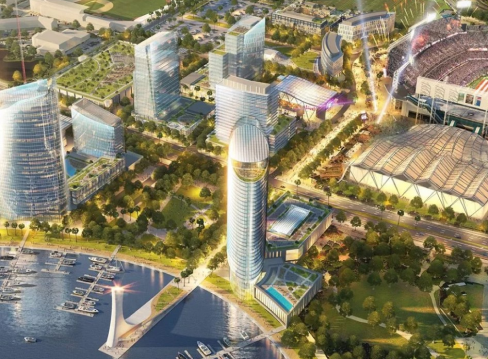
TOD Desirability & Readiness
Station areas are evaluated on four factors to determine their TOD desirability and readiness:
-
Local Leadership
Citizen, business, stakeholder and elected official support
-
Market Strength
Recently completed, ongoing or planned development projects
-
Physical Sustainability
Buildings, infrastructure and natural environment surrounding station
-
Plans in Place
Previously completed plans and other local policies
Review these files for more of an understanding of this project and additional details.
